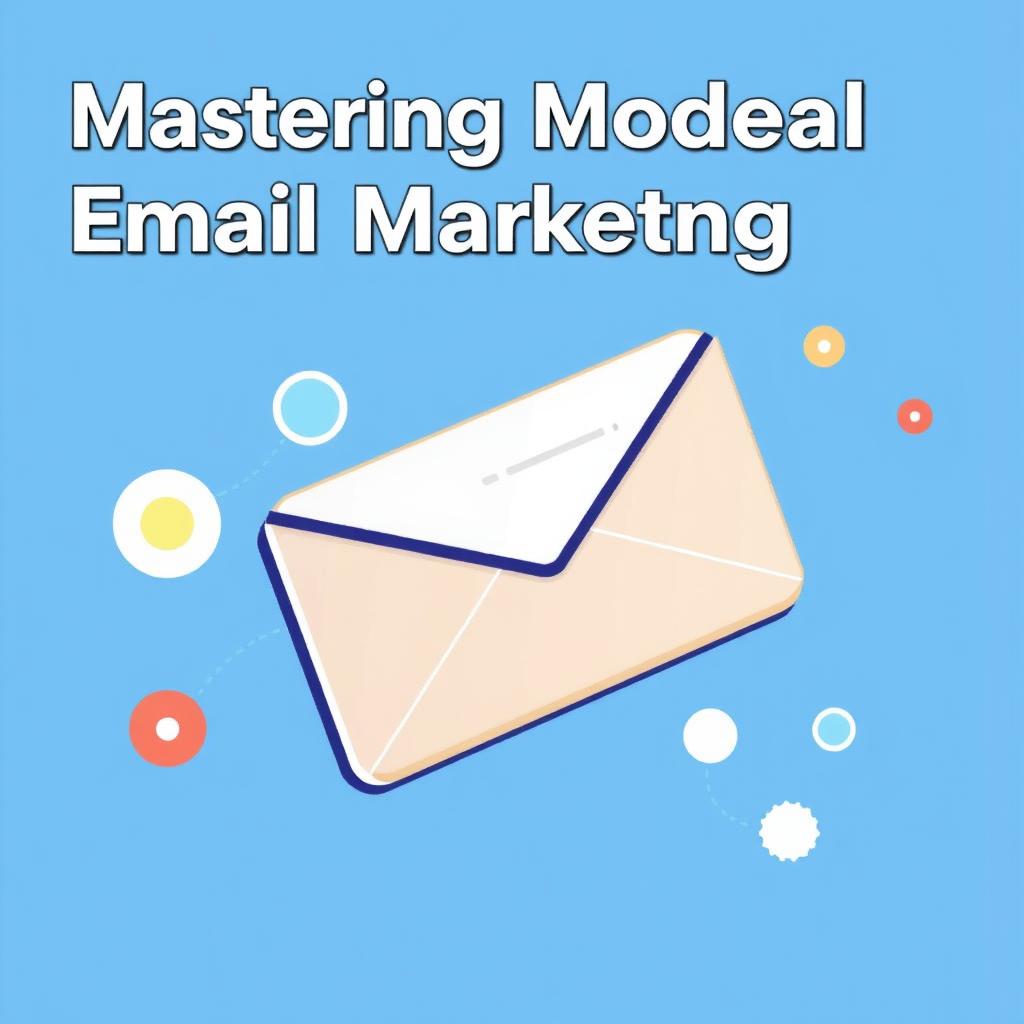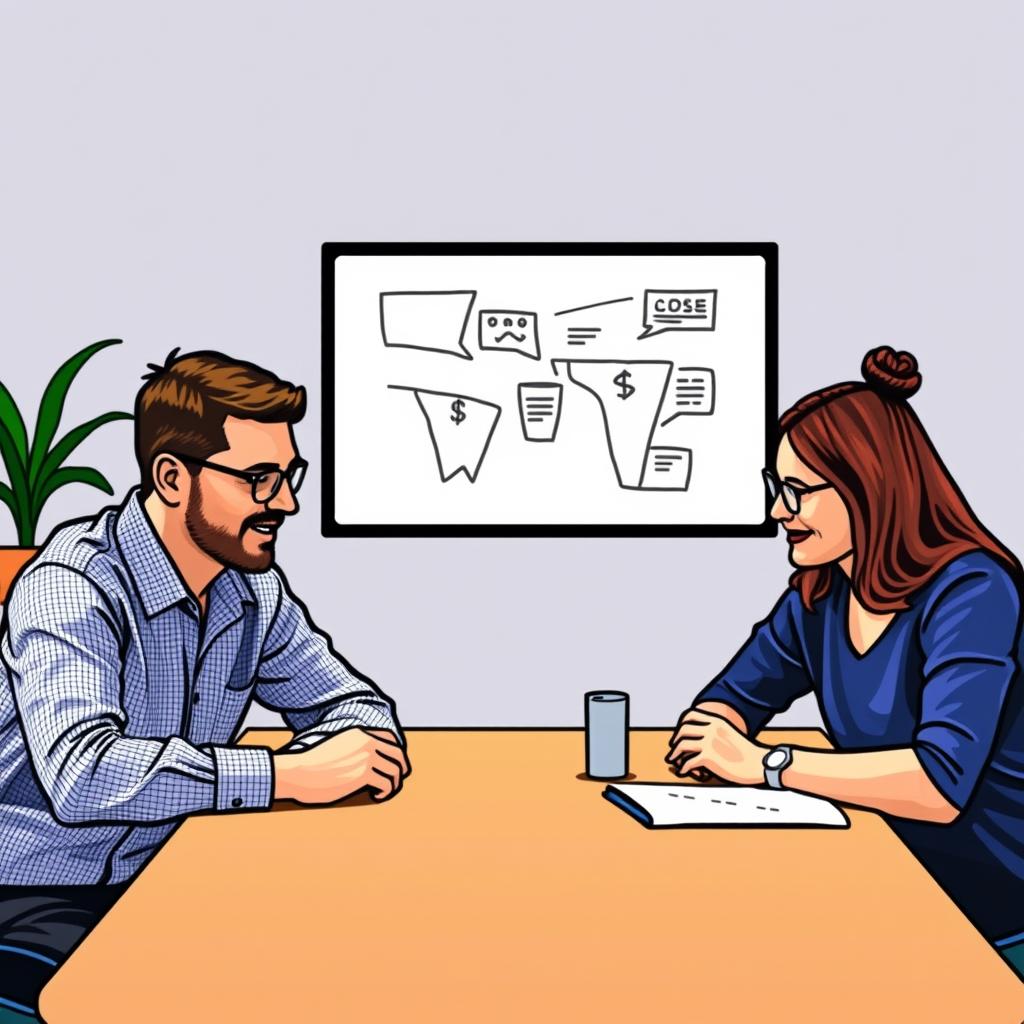The Art of Thank-You Emails: Strengthening Relationships Through Gratitude
Estimated reading time: 5 minutes
- Effective thank-you emails enhance relationships.
- Personalization and specificity are key elements.
- Templates can guide your thank-you communications.
- Gratitude can transform fleeting interactions into lasting connections.
Table of Contents
Introduction
In a world increasingly driven by digital communication, the humble thank-you email is often overlooked. However, these messages are not just polite gestures; they are strategic instruments for cultivating and nurturing robust relationships. Understanding the critical importance of gratitude and how to syntactically craft messages that resonate is pivotal in the modern business landscape.
Too often, individuals and businesses make the mistake of sending generic, lukewarm emails that fail to recognize the recipient’s unique contribution or to foster a meaningful connection. A simple “Thank you for your help” falls flat and runs the risk of being dismissed as trivial. The challenge lies in crafting a thank-you message that conveys genuine appreciation, specificity, and personal touch. But how do we transform a standard acknowledgment into a potent relationship-building tool?
In this post, we will explore the core components of effective thank-you emails, the psychology behind gratitude, and actionable strategies that elevate your communication. The goal is to empower you with the knowledge, templates, and resources to master this important art form. After all, sending a thoughtful thank-you email can turn a fleeting interaction into a lasting connection.
Examples and Templates
To make the concept of thank-you emails actionable, let’s break down some exemplary messages and provide templates that can be tailored to various interactions. These examples will illustrate the nuances of sincerity, personalization, and clarity in your communication.
1. After a Meeting
Template:
“Subject: Thank You for Your Valuable Insights
Dear [Recipient’s Name],
Thank you for sharing your insights during our meeting on [specific topic]. Your perspective, particularly regarding [specific point discussed], was enlightening and will certainly influence our future direction.
I’m looking forward to collaborating with you further on this project.
Best regards,
[Your Name]”
2. After Receiving Assistance on a Project
Template:
“Subject: Grateful for Your Support!
Hi [Recipient’s Name],
I truly appreciate the time you dedicated to helping me with [specific issue/project]. Your expertise not only saved me time but also significantly improved the outcome.
Thank you once again for being a reliable ally.
Warmly,
[Your Name]”
3. After an Introduction
Template:
“Subject: Thanks for the Connection!
Hi [Recipient’s Name],
Thank you for introducing me to [New Contact’s Name]. I had a productive conversation about [specific topic] that was very helpful. I appreciate you thinking of me!
Looking forward to staying in touch.
Best,
[Your Name]”
4. After a Job Lead
Template:
“Subject: Thank You for Thinking of Me!
Dear [Recipient’s Name],
I wanted to express my gratitude for sharing the job lead at [Company Name]. The role aligns perfectly with my background in [specific area], and I truly appreciate you thinking of me as a candidate.
I’ll keep you updated on how the process unfolds.
Thanks again,
[Your Name]”
Next Steps
To refine your thank-you email skills further, visit professionalizeitto.me for comprehensive insights, tools, and personalized AI support. Consider subscribing to our newsletter for ongoing tips and tricks, or book a consultation to explore how we can assist you in crafting standout communications.
Call to Action and Conclusion
Thank-you emails are a powerful tool in your communication arsenal—when executed well, they can fortify connections and show genuine appreciation. By adopting best practices like sincerity, personalization, and timeliness, you can ensure your messages resonate and foster positive interactions moving forward.
Visit professionalizeitto.me today to elevate your written communications! Let us guide you in mastering the nuance of impactful messages that strengthen relationships and drive business success. Take action now—your next thank-you email could be the key to unlocking a more meaningful professional connection.
FAQ
Q: Why are thank-you emails important?
A: Thank-you emails help to strengthen relationships by showing genuine gratitude and appreciation, which can lead to better professional interactions.
Q: How can I personalize a thank-you email?
A: Include specific details related to the recipient’s contribution or assistance that made an impact on you, making the message feel genuine.
Q: Can templates be modified for different situations?
A: Yes, templates are designed to be adaptable. Change specific elements to suit the context and your personal touch to ensure authenticity.
Q: Should I send a thank-you email immediately?
A: It’s best to send a thank-you email as soon as possible after the interaction to show prompt appreciation.
Q: What should I avoid in a thank-you email?
A: Avoid using generic phrases and ensure the message feels heartfelt and tailored to the individual to maintain sincerity.


